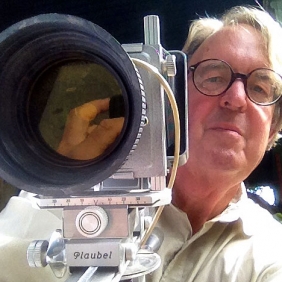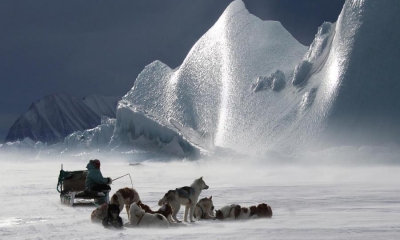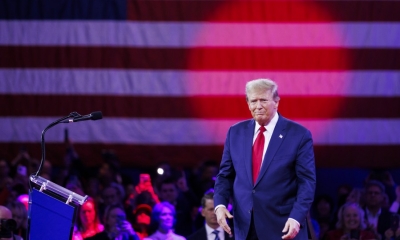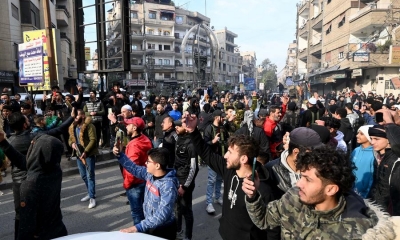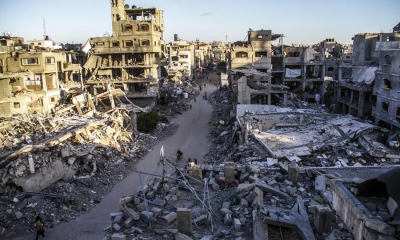The Russia-Ukraine Crisis and History Lessons
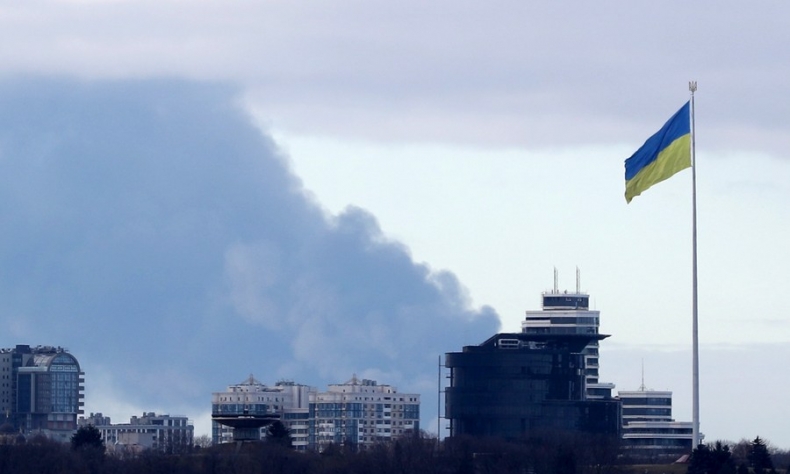
Only through diplomacy aimed at peace and development can the Old-World European continent be stabilized and a new inclusive security architecture be established.
The Russian intervention in Ukraine is a result of the failure of Western diplomacy. The persistent Cold War mentality is the primary cause of this failure. But the current crisis has deep historical roots.
The complicated history of Ukraine gives some clues. The word “ukraine” means border area which is to say a border area in Slavic lands. In past centuries inhabitants were referred to as Ruthenians living in “Ruthenia” an eastern European zone whose borders and rulers constantly shifted.
In the 19th century, the Vienna-based Austrian empire had eastern designs against the Russian empire and was supported by the Berlin-based German empire. German philologists assisted Ukrainian nationalists to create the Ukrainian language from a Ruthenian dialect. Roman Catholic Austria calculated that what is now the western and Roman Catholic part of Ukraine would be a good staging area for eastward expansion into Russian Orthodox and Russian-speaking areas.
Eastward expansion was a strategic objective for Germany and Austria in World War I and in World War II. Logically, Russia’s present-day security concerns stem from these two wars of German aggression eastward first under the Kaiser and then under Hitler. The expansion of NATO eastward during the last three decades is thus perceived as threatening Russia and President Putin has made this clear for two decades.
Present-day US and NATO policy is perceived by Moscow as a repeat of the expansionist German and Austrian plans of the 19th and 20th centuries.
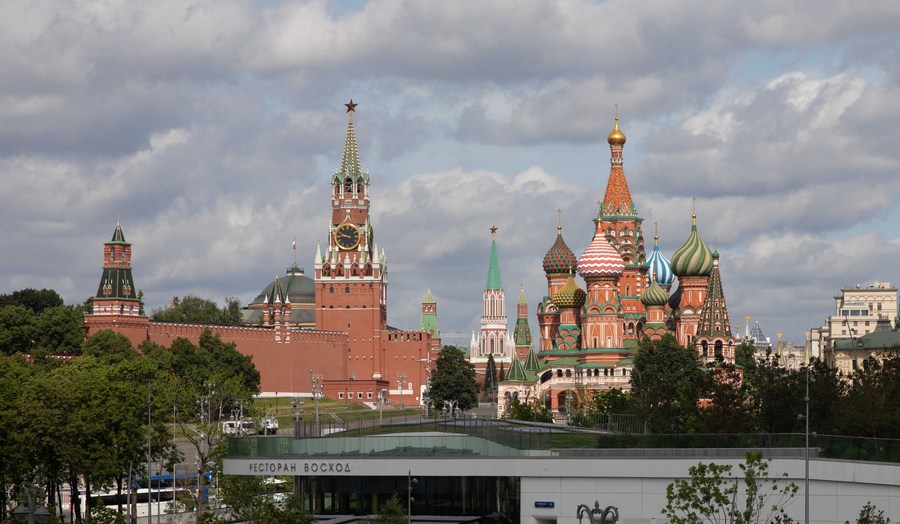
How did Western diplomacy fail in Ukraine?
First, some historical context is needed. Ukraine has been a time bomb left over from the World War I era. There are other examples. Yugoslavia and Czechoslovakia also subsequently emerged and then later broke into pieces.
During World War I, the German General Staff’s objective by 1918 was to create a ceasefire and separate peace on its Eastern Front with Russia so as to be able to swing forces to its Western Front in Europe. Thus, the Treaty of Brest-Litovsk was signed in March 1918 by Germany and the newly established Bolshevik regime in Russia. Lenin and his colleagues wanted a separate peace so that they could consolidate control in Russia and they were friendly to Germany.
The complicated peace treaty provided for Russia letting go of various lands that it controlled in its former Tsarist empire. Naturally, this benefitted Germany which thought it would win the war and then itself control these areas such as the Baltic region. Ukraine territory was another such area at that time but it was not as extensive geographically as today’s Ukraine.
Over the centuries, a core small Ukraine area was by various pieces of territory not formerly Ukrainian. This occurred in steps. The Russian tsars added to the small 17th century Ukraine area large amounts of land to its west and north. Lenin added the former eastern Novorossiya zone in 1922. The two present-day breakaway republics are in this zone. Stalin then added the far western area around Lvov in 1939 and 1945. President Putin has referred to this history.
With the dissolution of the Soviet Union in 1991, various former republics became independent. Since that time, Ukraine has had a troubled history plagued by corruption, incompetent leadership, and political extremism including neo-Nazi movements. It became an essentially unstable and failed state supported by the West for Cold War objectives against Russia.
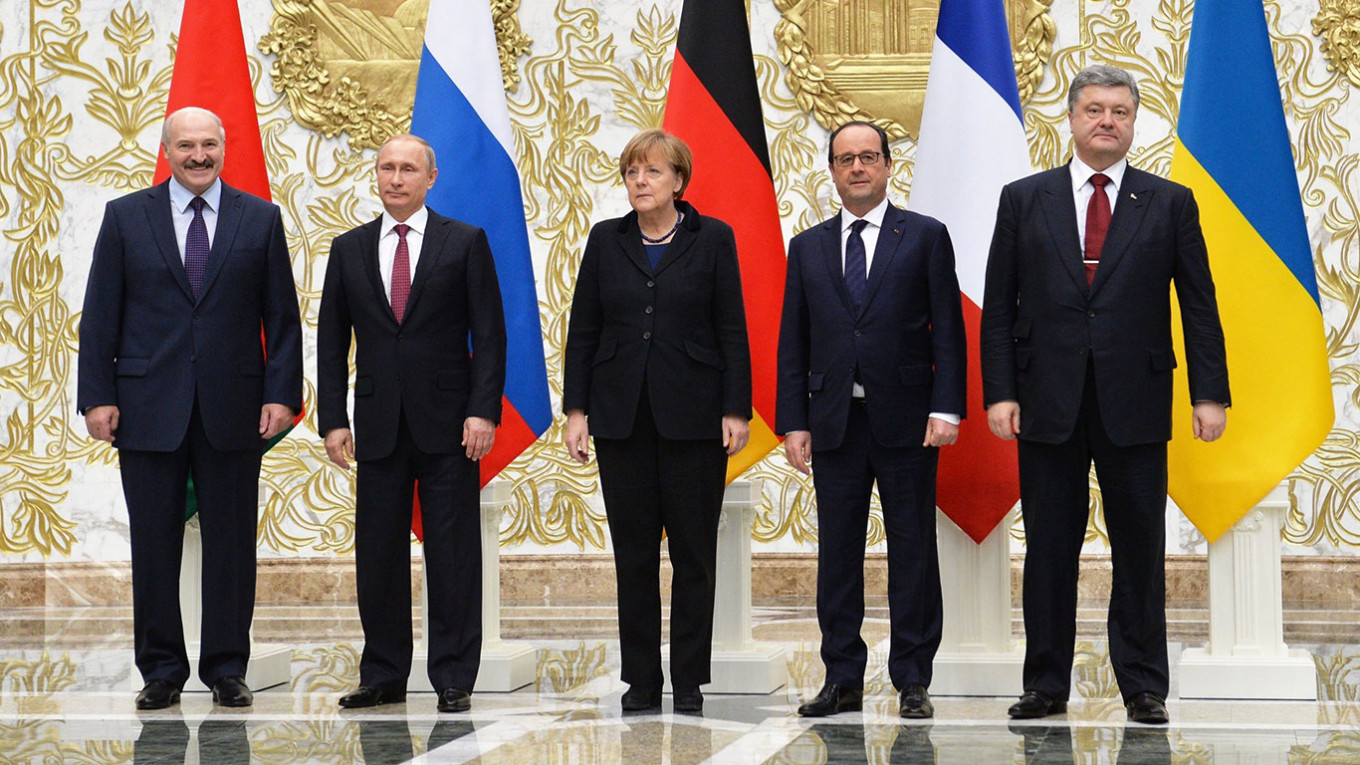
In 2014, the United States and Western allies launched the Maidan coup d’état in Ukraine. The elected president was deposed and a new regime took power aided by the West. The extremist regime that came into power then provoked a civil war and the emergence of independent areas in the Russian-speaking eastern Ukraine.
To resolve this international situation, the Minsk accords emerged in two stages. The Minsk 2 accord of 2015 and its package of measures was supported by the United Nations in Resolution 2202 of 2015.
But here is the problem. Since 2015, the West failed in its diplomacy to get the Kiev regime to undertake the package of reforms called for in UN Resolution 2202. Of particular concern to Russia was the fate of the Russian-speaking and Russian Orthodox citizens in eastern Ukraine. About 800,000 of these hold Russian passports and are Russian dual national citizens.
Russia has also been concerned by the emergence of extremist nationalists and neo-Nazi political and military organizations.
The UN Resolution 2202 called for constitutional changes in Ukraine which would protect various minorities. A formula for a federal state and thus a measure of autonomy for eastern Ukraine was part of the proposed solution. But this has been consistently rejected by the Kiev regime owing to the political power of the nationalist extremists and neo-Nazis.
Simply put, Western diplomacy failed to convince the Kiev regime to implement the reform package as endorsed by UN Resolution 2202. As a result, pressure built up and has now exploded triggering the Russian intervention. The Russian intervention ended the failed Minsk 2 process.
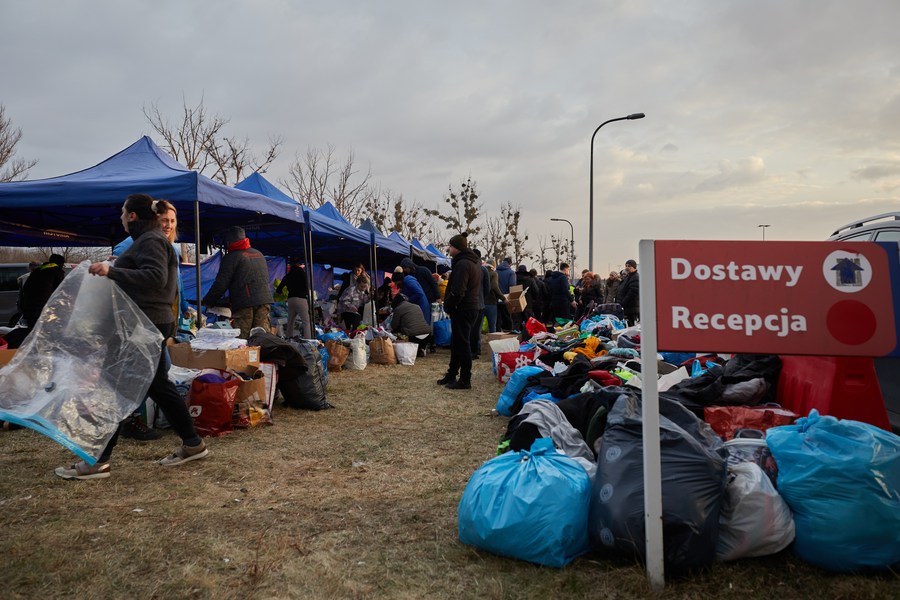
What comes next?
No one has a crystal ball. But Russia has been specific about its Ukraine objectives: as Putin has stated “demilitarization” and “denazification” of Ukraine. Additionally, but for a later time, key Russian objectives include a new European security architecture, and limitation of NATO’s eastward expansion.
As the old saying goes, “War is a continuation of politics by other means.” Russia seems to be following this old adage.
After the 2014 Western-sponsored Maidan coup there were essentially three possible outcomes: civil war, a new constitutional order for federal state replacing the unitary state, partition.
It remains to be seen what Russia will permit now that it unleashed the intervention. There is much Western speculation on this point today but what would be realistic goals in Russia’s view?
First, it is clear that nothing can be done, from Moscow’s perspective, prior to the demilitarization and denazification of Ukraine. It is not logical that Russia would want to have a long-term occupation of the Roman Catholic western Ukraine. There seem to be several options.
One outcome might be to enforce UN Resolution 2202 and its package of reforms. This would mean Ukraine continues with its present borders. In this case, Ukraine would be a federal republic and the two eastern breakaway republics then would have two options. They could opt to rejoin Ukraine under a new constitution or they could opt to become part of Russia.
Another outcome might lead to a partition of Ukraine. This could take different forms. In the east, the two breakaway republics could join Russia. Or, the two breakaway republics could join with other areas in the eastern and Black Sea region to revive the old “Novorossiya” area. This combination of lands could be joined and then return to Russia.
Diplomacy needed when the dust settles
While is it impossible to predict the outcome of the Russian military intervention, constructive diplomacy will be needed in its aftermath. Intensification of the New Cold War is a dead end for the West and for humanity. Only through diplomacy aimed at peace and development can the Old-World European continent be stabilized and a new inclusive security architecture be established.
The article reflects the author’s opinions, and not necessarily the views of China Focus.
 Facebook
Facebook
 Twitter
Twitter
 Linkedin
Linkedin
 Google +
Google +



